And, indeed, some whiskey. Is that allowed, do you think? As we appear to have relaxed the rules on the food – haggis pakoras anyone? – perhaps we should steer away from Scotland on the dram front?
I agree with the sentiment that there’s a whisky for everybody. Yes, even you, currently pulling a face at the idea. There’s such wonderful variety in the world of “uisce beatha” that its translation – water of life – is no idle boast and, if trying something outside of Scotland starts you on a path of discovery, that can’t be bad, right?
The expert roundup
We’ve taken a look at a few things out there – hey, it’s not the first time I’ve used Burns Night as an excuse for a drink or two – and, well, maybe one of the below will inspire you a little, whether you’re the kind of drinker who won’t let anything but a single malt pass their lips or someone who considers all things whisk(e)y akin to sipping light fluid. It is not, of course, a comprehensive guide because we don’t have a budget of millions or the 18+ years of daily drinking that would require.
Let’s start in Scotland, however, with the Balblair 12. It’s the oldest distillery in the Highlands but, oddly, remains lesser known. Things get a little more complex as you go up the age range – the 25-year-old is *chef’s kiss* – but the 12 is a cracking “training whisky”. They promise spice and orange and honey sweetness and that’s pretty much what you get, a very approachable drop and, at around £40, extremely good value for money.

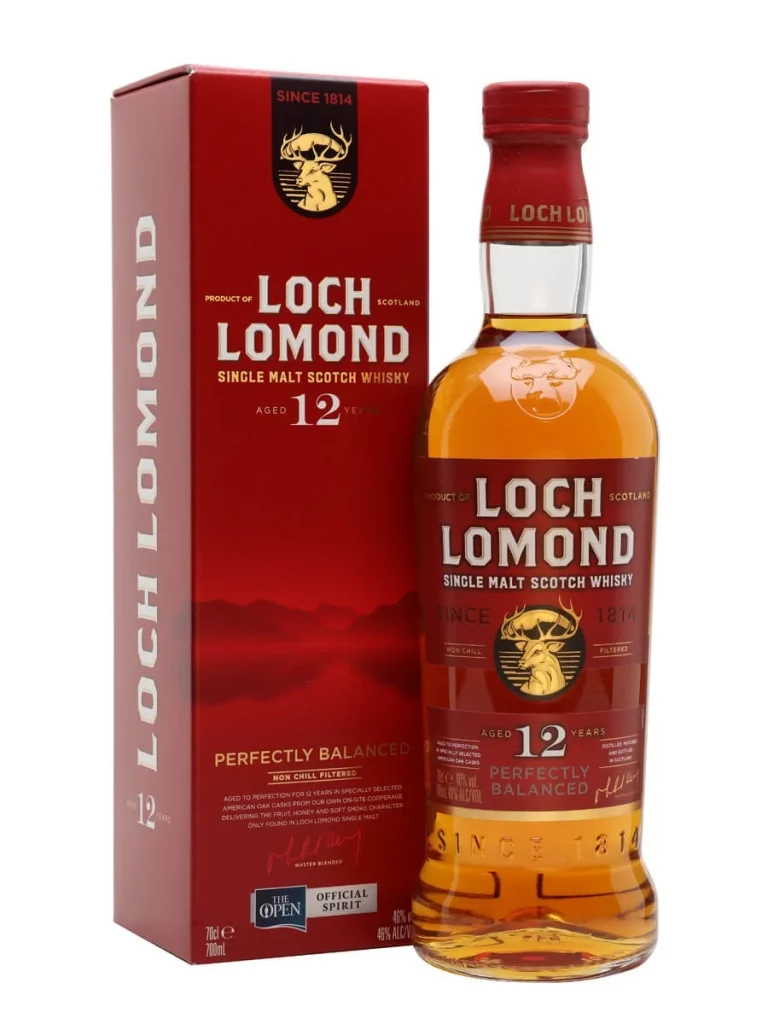
Continuing the Scotland (and Highland) theme, Loch Lomond also offers a 12-year-old as their entry-level dram. Reviews on the internet are enormously varied for this, suggesting either a lack of quality control on the distillery’s part or, well, it’s just whisky because few drinks can split a room like a whisky can.
Aged in three varieties of American Oak, the label promises the contents are “perfectly balanced” and, in my opinion at least, that’s not far off the mark. I didn’t get the promised peach but found a hint of fruit, vanilla notes and a good level of smoke to finish: not too harsh, not too fleeting either. Again, for the money – expect to pay around £40, £45 – there’s much to recommend this one.
Wandering to Campbeltown now, and the Mull of Kintyre’s Glen Scotia Distillery. The Cask Strength is not for the faint-hearted (more for the faint-hearted because ha, whisky puns, never apologise never explain). Coming in at a hefty 54.2% this is perhaps where you break the old Scottish cliché about grudgingly allowing you to put a drop or two of water in your glass and just dilute to taste. I can see some of you shudder from here. You drink it how you want, I’ll drink it how I want – my palate, my rules, as an expert –, although this could be a good time to pass on a little tip the former distiller at Laphroaig, gave me.
Don’t add water but do hold a sip of water in your mouth and taste your whisky through it. It will open up all the flavours, soften the overall taste and coat the mouth without diluting what’s in your glass. It’s a useful trick whatever your knowledge. Anyway, this bottle promises sweetness, fruit and oak, and delivers it in spades, with some underlying dark fruit, smoke and chocolate. One for the slightly more experienced, I’d say; an expert.
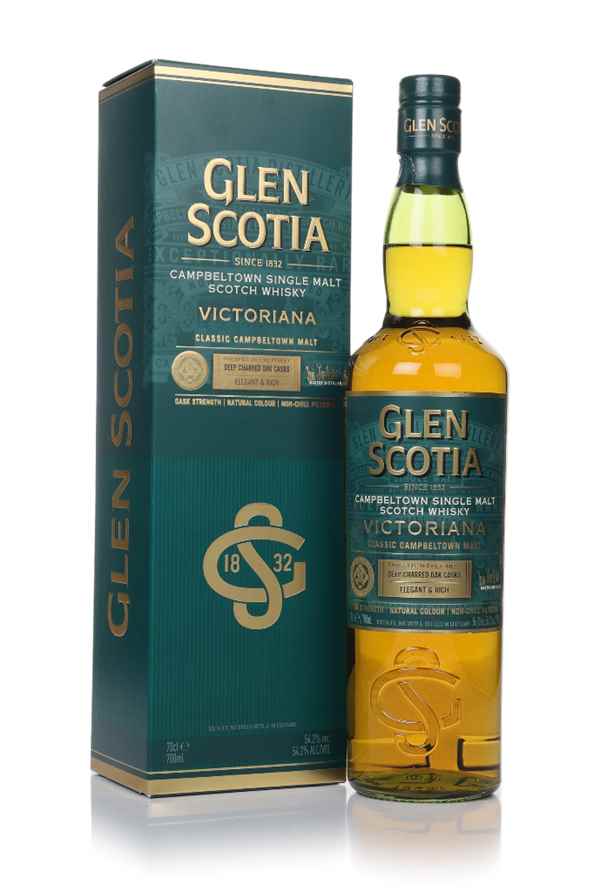
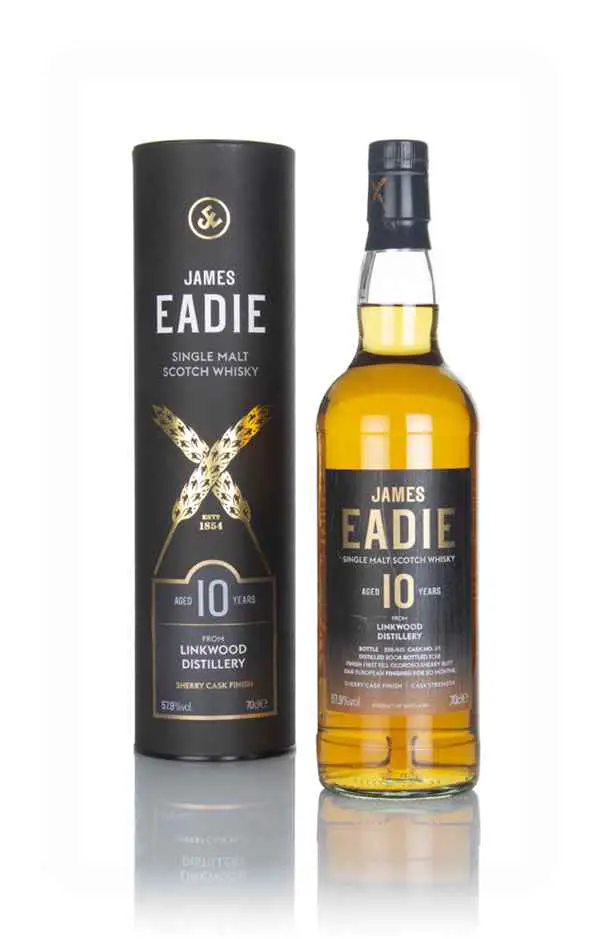
James Eadie isn’t a name I’d come across before but it’s an interesting tale. Eadie (1827-1904) was a self-made man, one of 14 children, who started work at 14 and established a major brewery before he was 30. The family also had a recipe for a blended whisky which was available in Eadie’s pubs – which numbered some 300. These days, the company focuses on the best Scottish whiskies, specialising in cask finish, single cask and small batch releases.
From the Small Batch range, I tried the Linkwood 10-year-old single malt and, when they say small batch, they mean small batch: the release comes from three casks, the numbers of which appear on the label. They describe it as characterful, I’d describe it as spicy, fruity, nutty and a little oily which, in this instance, isn’t the insult you might perceive but, instead, means those flavours – particularly the spice – linger long on the palate. This particular release is an exclusive for Naked Wines’ “Angel” members.
Veering massively south now to… well, the Lake District, and the appropriately named Lakes Distillery. Somewhat inevitably, whisky is being made all around the globe now and, in the case of the Japanese, to quite exceptional levels. If you tried early versions of things like Penderyn or The English Whisky Co., you’d be forgiven for writing them off as wannabes but, as it happens, they’ve got better and better. In the case of The Lakes Distillery, their Whiskymaker’s Reserve No. 4 was named “The World’s Best Single Malt Whisky” by the World Whiskies Awards 2022.
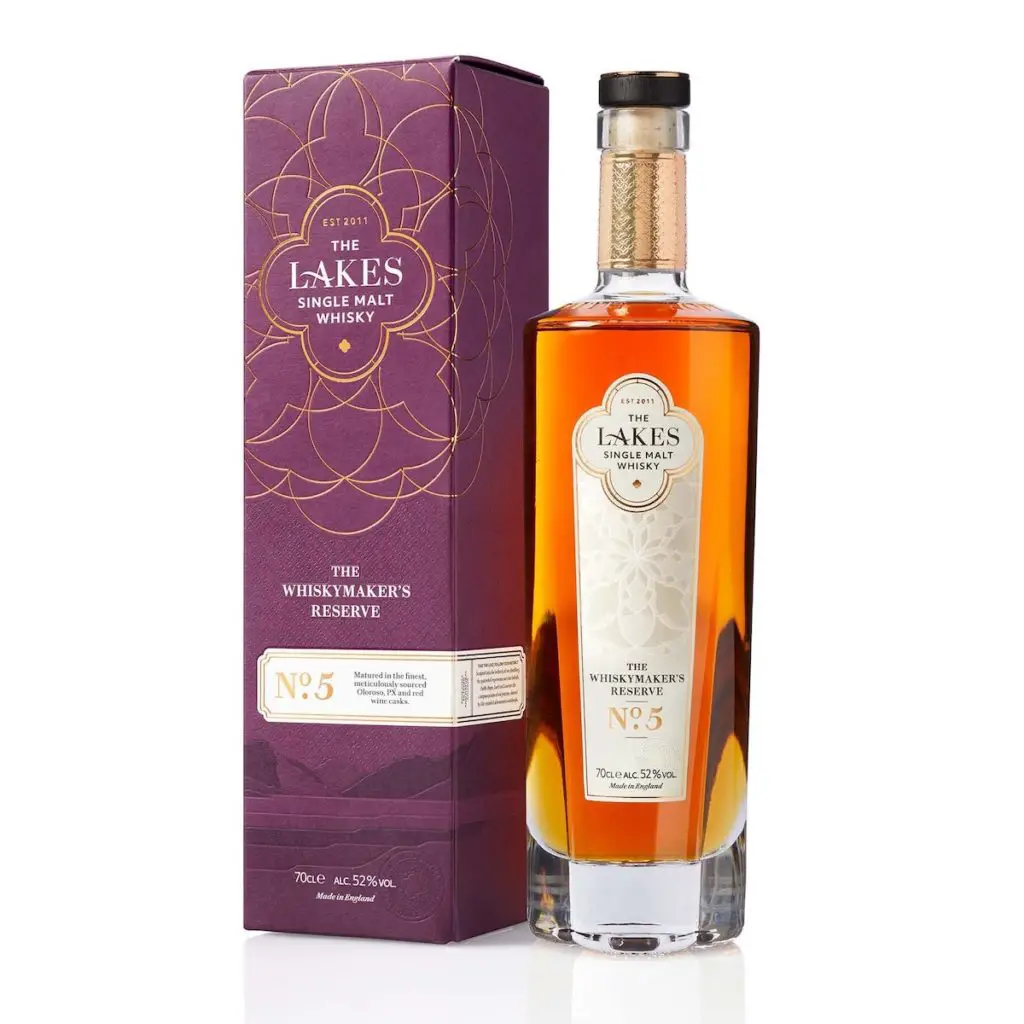
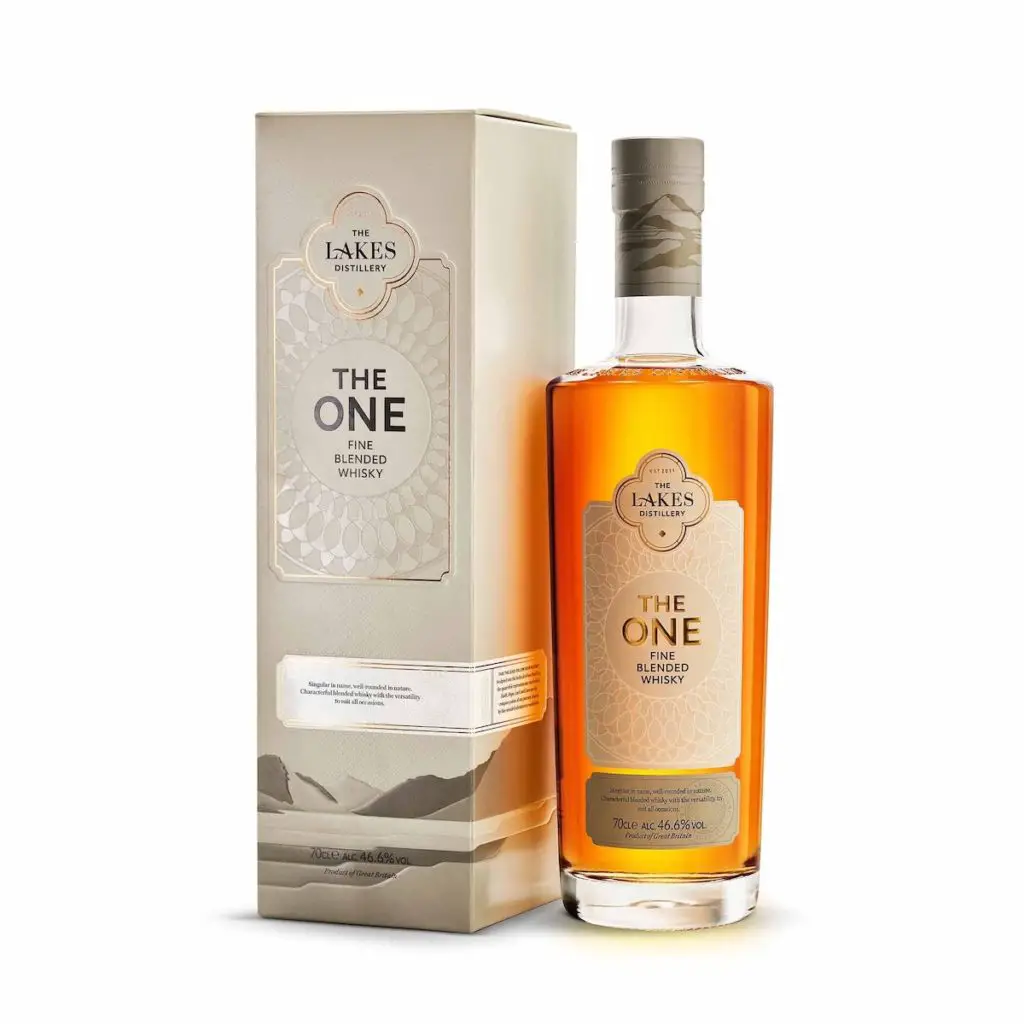
The latest release – as you’ve probably guessed, The Whiskymaker’s Reserve No. 5 – may not cause lightning to strike twice but it IS a cracker. Matured in Oloroso, PX and red wine casks, it’s a beautiful rich amber colour and delivers all the promised flavours – coffee, tropical fruit, nuts – and aromas – oak, chocolate, dried fruit – in droves. It’s a huge, wonderfully decadent whisky which, for £70, must be making a few distillers further north rather nervous.
Also from the Lakes comes The One, the not-terribly-modestly named blend, so it’s probably time for THAT debate. I understand the purity of the single malt debate and, for the most part, agree that they’re more characterful. But, as with every drink out there, the only question that matters is “Do you like it?”
And, given that blends have been blended to be delicious – according to at least the maker’s palate – even at their dullest, they’re perfectly drinkable (or, at least, good for mixing if you don’t want to make a cocktail with your rarest bottles). The One (c. £40) is one of the better blends I’ve tried: it’s smooth, has a good lingering finish and, on its way, delivers fruit, sweetness, caramel and vanilla.
Continuing the blend theme, Berry Bros & Rudd – they of Royal Warrant and wine fame – have put their name to a range of blends under “The Classic Range” banner, and I tried two of them: a peated, cask matured, clear golden spirit; and a sherry cask matured deep amber version. And, well, they do exactly what they say on the box and bottle.
The sherry edged it for me but then I probably lean to such things these days and this delivers all the rich fruit/prune/ toffee you’d expect. The peat, despite looking more like a white wine than a whisky, packs a punch that defies its appearance and both, like BBR’s own-label champagnes and Good Ordinary Claret etc., defy their c. £35 price tags. Worth considering as “training” drinks, whisky virgins…
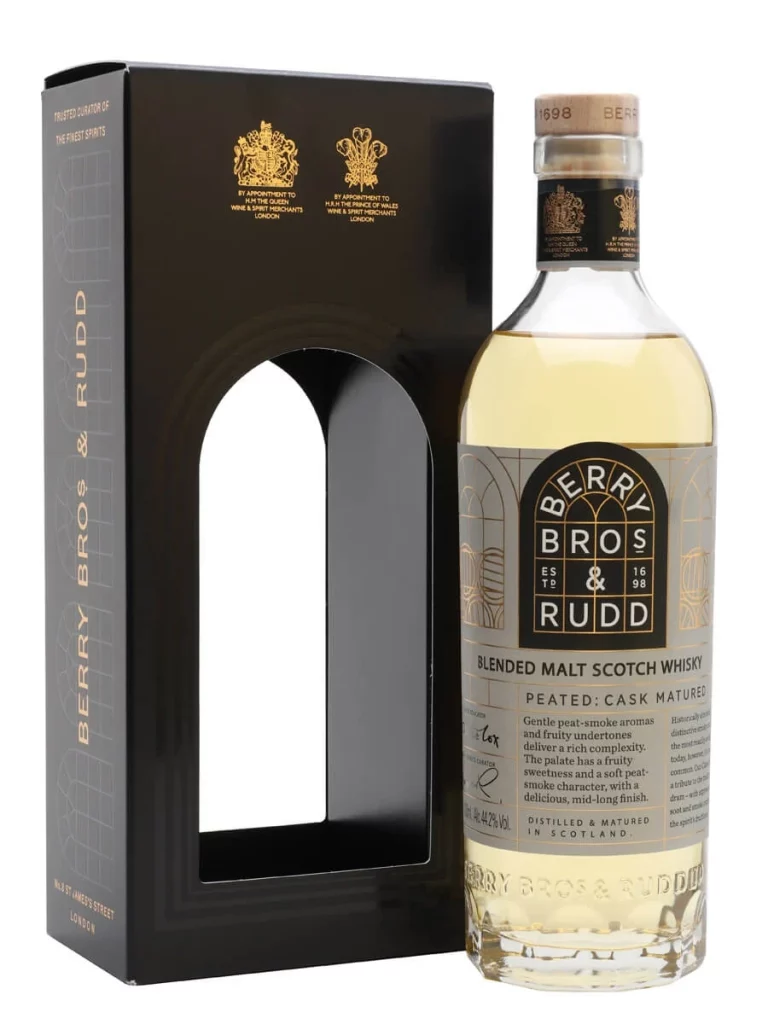
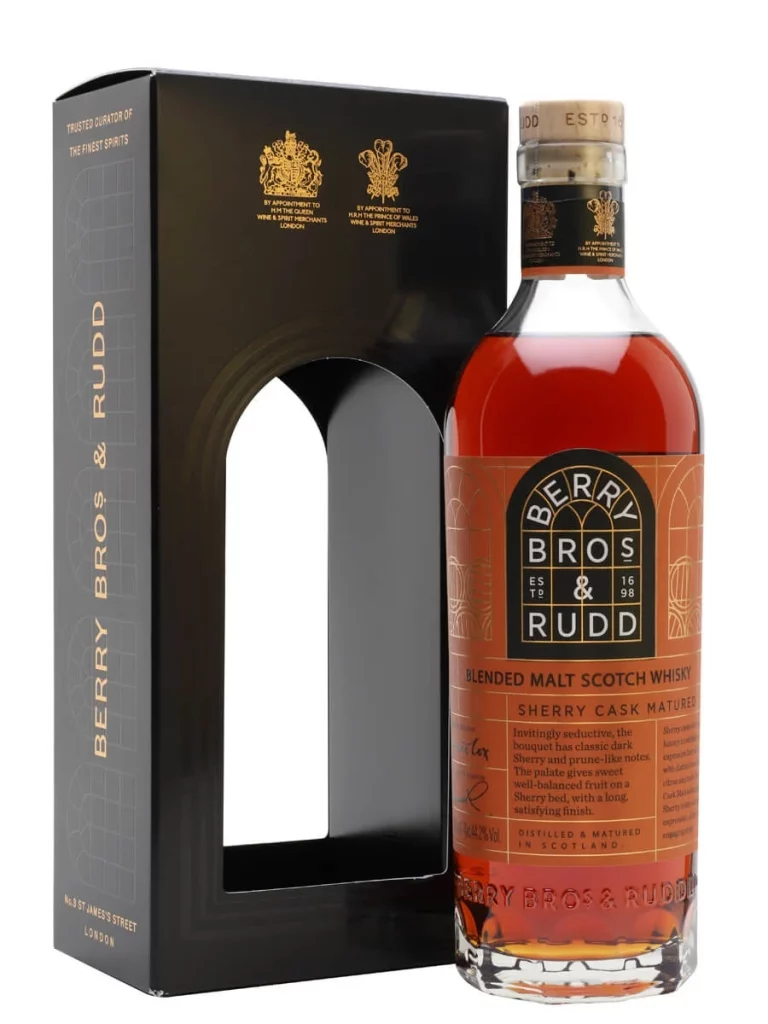
Let’s head west and add an “e” with the ever-dependable Bushmills. Their widely available blends never disappoint. Flavour profiles are textbook, smoothness is a given, and the value is excellent, which may be the reason they can be found on many a back bar.
Their single malt range, however, is a new one for me, probably because I’d just assumed, given the ubiquitous nature of Original and Black Bush, that they didn’t push that particular envelope. But they do and, somewhat predictably, they’re decidedly drinkable. Or, at least, the 16-year-old one was (so much so, in fact, that I may have to have a word with Whisky Santa about the 21-year-old).
It’s port-pipe finished (plus bourbon, plus sherry) which gives it great depths of fruit and spice, and the finish – for me – was that pure honey sweetness I often associate with Irish whiskies. It’s possibly more suited to Christmas pudding than haggis, however.
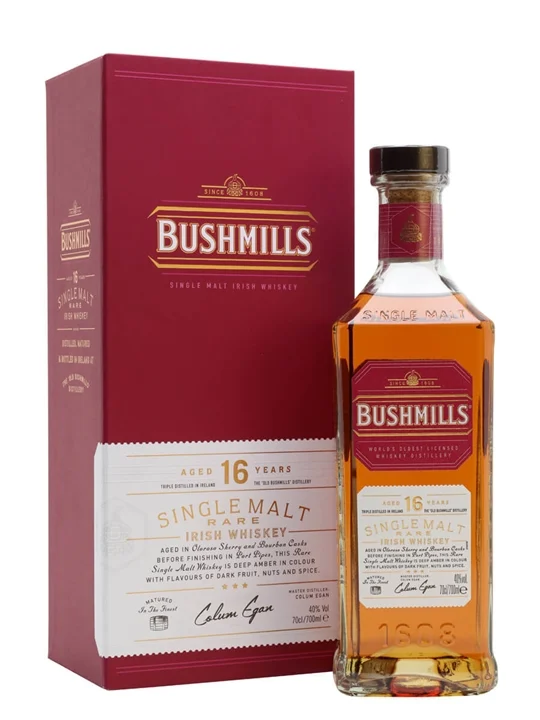
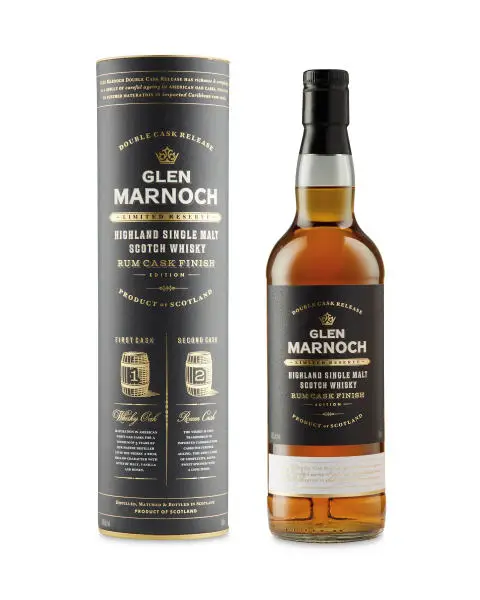
And finally, back up to Scotland and Glen Marnoch… Which you won’t find on a map but will find on the shelves at Aldi. On Aldi’s atlas, Glen Marnoch spans Islay, Highland and Speyside so it’s probably just as well it’s a fictitious, Scottish-sounding marketing thing.
The key point here is that the whiskies, all single malts, retail at £16.99 a bottle. Yes. £16.99. Not a typo. Genuinely a penny under £17. It’s almost churlish then to write a review because they’re effectively in a budget field of their own (or, at most, with other Aldi brands and whatever Lidl are offering).
They pretty much deliver what you’d expect – Speyside has that sherry, fruity quality, Islay packs that peaty, smoky punch and Highland gives you a little of the expected wood, fruit and spice. Yes, they lack a certain depth but, given you could buy all of these for the cost of one “averagely” priced single malt, it’s hard to grumble. They are, perhaps, better suited to cocktails than solo appreciation, but that’s not a complaint.

